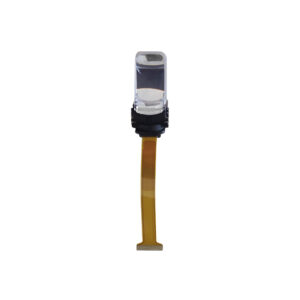
사업에서 위대한 일은 결코 한 사람이 하는 일이 아닙니다. 그것은 사람들의 팀에 의해 이루어집니다. 우리는 역동적인 사람들의 집단을 가지고 있습니다.
This article dives into the fascinating realm of small OLED displays, exploring their unique characteristics, applications, and the technology that makes them possible. From the tiniest OLED pixel to complete OLED display modules, we’ll uncover what makes these displays so special and why they’re increasingly important in various industries. Whether you’re a hobbyist, engineer, or simply curious about cutting-edge display technology, this comprehensive guide will provide valuable insights into the world of inch-perfect OLEDs. It’s worth reading because it demystifies a complex technology, offering a clear understanding of how these minuscule displays function and their potential to revolutionize various devices and applications.

안 OLED (영형rganic 엘ight 이자형mitting Diode) 표시하다 의 한 종류이다 표시하다 technology that utilizes organic compounds that emit light when an electric current is applied. Unlike 액정표시장치 displays, OLEDs do not require 에이 백라이트, 각각 픽셀 individually emits light. This results in several key advantages, including better contrast, faster response times, wider viewing angles, and lower power consumption. Because of the way an 올레드 is constructed, oleds can be 희석제 than alternatives.
This emission from each 픽셀 is what sets oleds apart. In traditional 액정표시장치 screens, the 백라이트 must shine through a matrix of 픽셀. 에서 올레드 스크린, 각 픽셀 is its own light source. This means perfect blacks (since individual 픽셀s can be turned off completely), vibrant colors, and a crisp, clear image. The ability to control each oled pixel individually leads to a more dynamic and visually appealing experience.
그만큼 smallest 올레드 표시하다s are truly remarkable feats of engineering. While the technology is constantly evolving, you can find fully functional 올레드 screens measuring less than an 인치 diagonally. These small oled displays often come as complete oled display modules, ready to integrate into various devices. The 해결 will vary depending on the specific model and application.
While sizes vary depending on your requirements, one example is the rex004864a is the smallest oled. These tiny displays are not just about size; they are about packing high 해결 and vibrant color into the smallest possible footprint. The push towards smallest pixels is driven by the demand for smaller, more portable devices, as well as specialized applications in fields like medical devices and wearable technology.
전형적인 oled display module consists of the 올레드 스크린 itself, a 제어 장치, and an fpc (Flexible Printed Circuit) connector for 인터페이스ing with other circuits. The 제어 장치 is the brains of the operation, responsible for receiving data and translating it into the signals needed to 작동하다 그만큼 올레드 픽셀씨. oled display module has resolution.
그만큼 controller ic manages the 올레드 픽셀 array, controlling the brightness and color of each individual 픽셀. 그 fpc connector provides a convenient way to connect the 표시하다 to your project’s main board. The 인터페이스 is usually either 아이오에이(I2C) 또는 serial, allowing for easy communication with microcontrollers and other devices. These modules often have built-in voltage regulators, simplifying the 전원 공급 장치 요구사항.
작은 올레드 표시하다s typically 작동하다 on low 전압, often in the range of 3.3V to 5V. This makes them ideal for battery-powered devices. The 전원 공급 장치 requirements are also relatively low, often drawing just a few milliamps. However, it’s crucial to check the datasheet for the specific model you’re using to determine the exact 전압 and current specifications.
적절한 전압 regulation is essential for optimal performance and longevity of the 올레드 표시하다. Supplying the correct 전압 ensures that the oled pixels light up properly and that the 제어 장치 operates reliably. Over-voltage can damage the 표시하다, while under-voltage can result in dim or erratic behavior. Many oled display modules include built-in voltage regulators to simplify this aspect of integration.
<table>
<tr>
<th>Voltage (V)</th>
<th>Typical Current Consumption (mA)</th>
<th>명도</th>
</tr>
<tr>
<td>3.3</td>
<td>5-10</td>
<td>Normal</td>
</tr>
<tr>
<td>5.0</td>
<td>8-15</td>
<td>Bright</td>
</tr>
</table>
아이오에이(I2C) 그리고 serial (SPI) are the two most common communication 인터페이스s used with small oled displays. 아이오에이(I2C) is a two-wire 인터페이스 that is easy to implement and requires minimal pins. 연속물 (SPI) is a faster 인터페이스 but requires more pins. The choice between the two depends on your project’s specific requirements and the capabilities of your microcontroller.
아이오에이(I2C) is generally preferred for its simplicity, especially in projects where pin count is limited. With 아이오에이(I2C), you only need two wires (SDA and SCL) to communicate with the 표시하다. 연속물 (SPI), on the other hand, offers higher data transfer rates, making it suitable for applications where speed is critical. Most oled display modules 지원하다 둘 다 아이오에이(I2C) 그리고 serial communication, giving you flexibility in your design. The ssd1306 제어 장치 is a common one that 지원하다s both protocols.
Several companies specialize in manufacturing small oled 표시하다s 그리고 oled display modules. While sony has been a key player in the larger 올레드 market, companies like Raystar focus on smaller 올레드s and other 표시하다 technologies. These manufacturers offer a wide range ~의 올레드 표시하다s in various sizes, 해결s, and configurations.
언제 선택하다ing a manufacturer, consider factors such as product quality, 지원하다, and availability. Established companies like Raystar often have extensive documentation and technical 지원하다 available. It’s also a good idea to check customer reviews and compare pricing to ensure you’re getting the best value for your money. If you have further questions, please contact us.
Compared to 액정표시장치s, 올레드 표시하다s offer several advantages. As previously mentioned, the two key advantages are superior contrast ratios and wider viewing angles. Oled 표시하다s don’t require 에이 백라이트, which allows them to achieve true black levels. They also tend to have faster response times, resulting in smoother motion and less blurring. However, 액정표시장치s are generally less expensive and have a longer lifespan than oleds. TFT LCD modules may also consume less power.
The lack of a 백라이트 makes 올레드 표시하다s 희석제 and more energy-efficient than 액정표시장치s. The wide 시야각 ~의 올레드s also ensure that the image quality remains consistent regardless of the viewing angle. However, 올레드s can be more susceptible to burn-in, where static images can leave a ghost image on the screen over time. 액정표시장치s, on the other hand, are more resistant to burn-in and can withstand prolonged exposure to static images.

Small oled 표시하다s are used in a wide variety of applications, including wearable devices, medical instruments, industrial equipment, and consumer electronics. Their compact size, high contrast, and wide viewing angles make them ideal for applications where space is limited and image quality is critical. Some examples of common applications include:
언제 선택하다ing a small oled 표시하다 for your project, consider factors such as size, 해결, 인터페이스, 전압, and power consumption. Determine the minimum 해결 needed for your application and choose a 표시하다 that meets those requirements. Also, make sure that the 표시하다‘s 인터페이스 is compatible with your microcontroller or other control system.
Pay attention to the 전압 and power consumption specifications to ensure that the 표시하다 can be easily integrated into your project’s 전원 공급 장치 system. Consider the ambient lighting conditions in which the 표시하다 will be used and 선택하다 에이 표시하다 with sufficient brightness for optimal viewing. Ultimately, the best 올레드 표시하다 for your project will depend on your specific requirements and constraints.
Small oled 표시하다s and oled display modules are available from a variety of sources, including online electronics retailers, distributors, and manufacturers. Some popular online retailers include Adafruit, SparkFun, and Amazon. Distributors such as Digi-Key and Mouser Electronics offer a wide range ~의 표시하다s from various manufacturers.
When purchasing small oled 표시하다s, it’s essential to buy from reputable sources to ensure that you’re getting genuine products and reliable 지원하다. Be sure to read customer reviews and compare pricing before making a purchase. If you need assistance in 선택하다ing the right 표시하다 for your project, please contact us for expert advice.
![]()
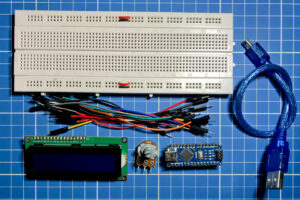
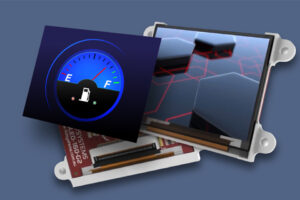
AMOLED 디스플레이 모듈은 탁월한 이미지 품질, 선명한 색상, 뛰어난 에너지 효율성을 제공하며, 시각 기술의 황금 표준으로 빠르게 자리 잡고 있습니다.
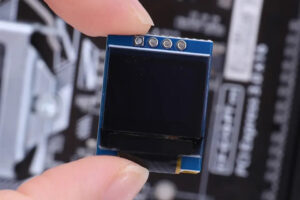
이 글에서는 디스플레이 기술의 복잡한 세계를 탐구하며, 특히 OLED와 LCD 디스플레이를 비교합니다.
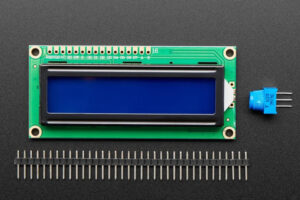
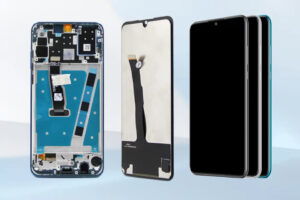
이 글에서는 LCD 화면 수리에 대해 깊이 파고들어, 깨지거나 금이 간 화면에서 발생할 수 있는 문제, 이를 식별하는 방법, 그리고 이용 가능한 최상의 솔루션에 대한 포괄적인 이해를 제공합니다.
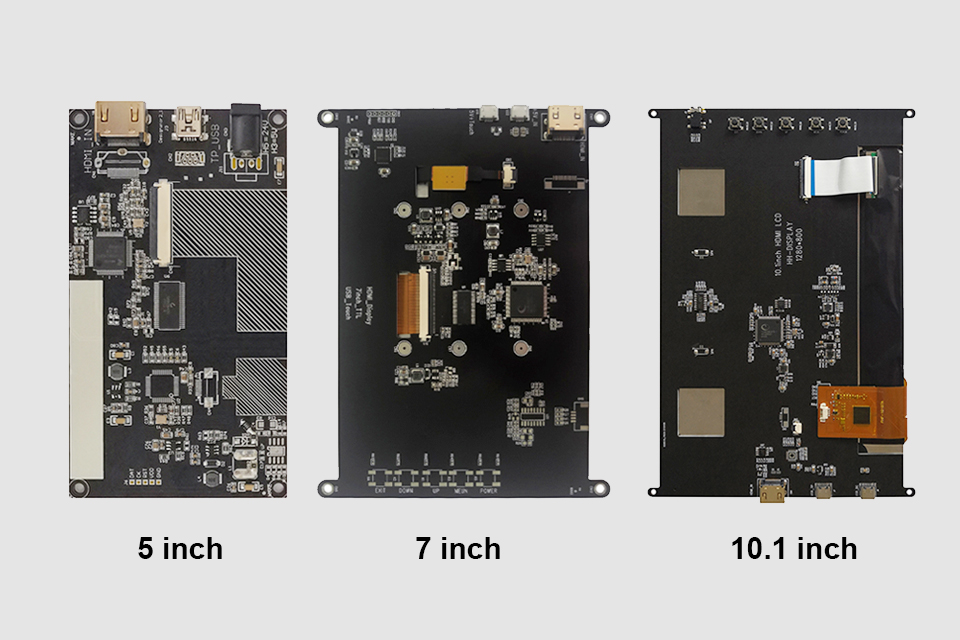
이 문서에서는 HDMI 드라이버 보드를 사용하여 LCD 화면을 Raspberry Pi에 연결하는 방법을 살펴보고, 기본적으로 단일 보드 컴퓨터를 소형 HDMI 모니터로 바꾸는 방법을 설명합니다.
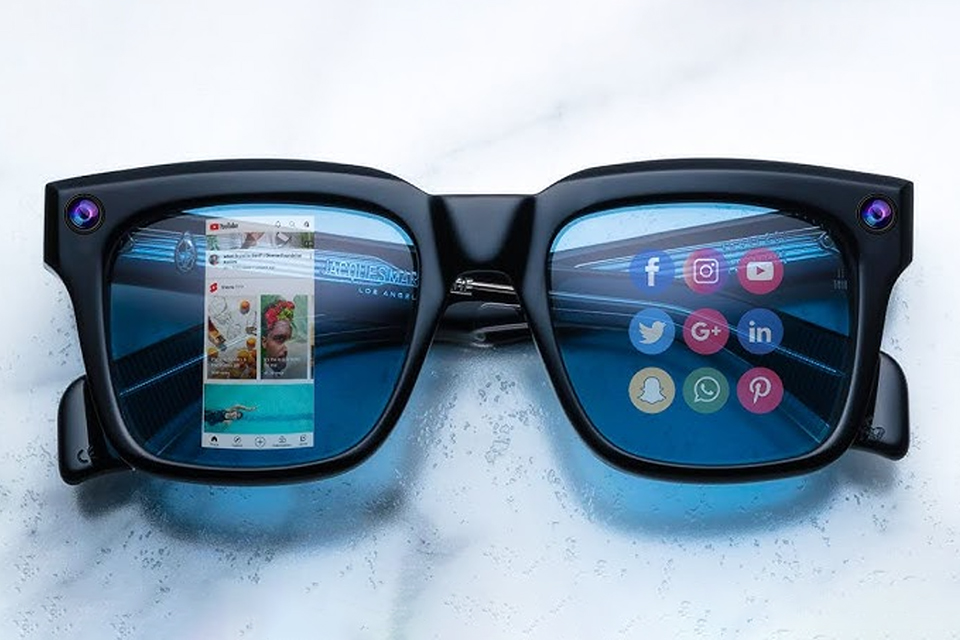
이 기사에서는 증강 현실(AR) 렌즈의 흥미로운 세계를 깊이 있게 살펴보며, 특히 AR 안경용 교환 렌즈 시스템의 개발과 잠재력에 초점을 맞추고 있습니다.

이 기사에서는 OLED(유기 발광 다이오드) 디스플레이의 수명과 내구성을 LCD(액정 디스플레이) 화면과 비교하여 자세히 살펴봅니다.

@ 2025 디스플레이 모듈. 모든 권리 보유.
아래 양식을 작성하시면 곧 연락드리겠습니다.